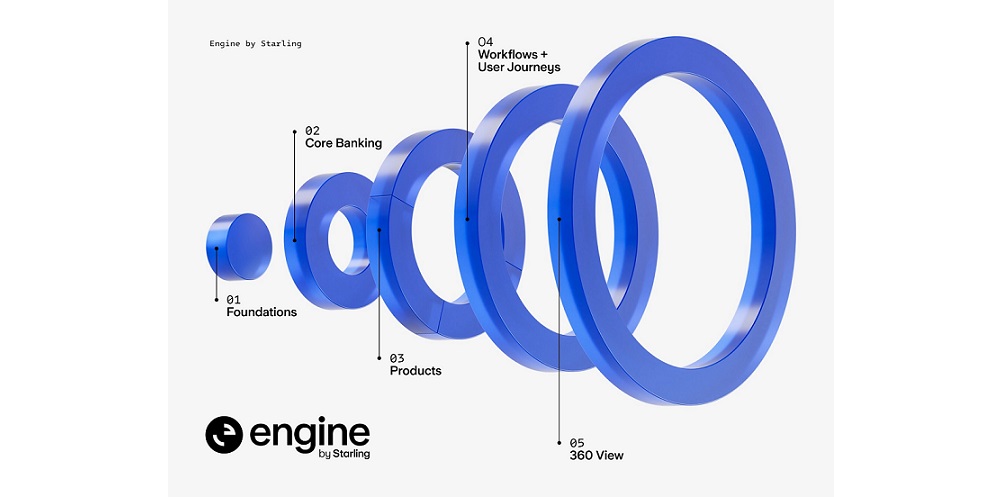European Banking Authority: Asset quality has further improved, but cyber risk remains a source of concern for EU banks

The majority of banks expect a rise in operational risks mainly due to elevated cyber risks.
The European Banking Authority (EBA) published its quarterly Risk Dashboard together with the results of the autumn edition of the Risk Assessment Questionnaire (RAQ). The NPL ratio declined to 2.1% and the stage 2 ratio contracted to 8.7%. Return on equity (RoE) was reported higher than pre-pandemic levels at 7.7%. RAQ results show that around 50% of banks cover their cost of equity (CoE) with more than 70% of banks estimate a CoE range between 8% and 12%. It remains to be seen to what extent the Omicron-related wave of infections will affect asset quality and profitability.
The CET1 ratio reached 15.4% on a fully loaded basis in Q3 2021. It declined by 10bps due to a small decrease in capital combined with a slight increase in risk weighted assets (RWA). There is however significant variation in CET1 ratios across banks with the interquartile range spanning from 14.1% to 20%. The leverage ratio remained unchanged at 5.7% on a fully loaded basis.
The decline in the NPL ratio (20bps QoQ) was driven by a 5% decrease in NPLs to EUR 419bn and was broad based. The NPL ratio for household exposures declined to 2.5% (2.7% in Q2) and for loans towards non-financial corporates (NFCs) to 4.2% (4.4% in Q2). The sectors more vulnerable to Covid-related measures continue to have higher NPL levels but have also shown improvement. For example, the NPL ratio of accommodation and food service activities decreased by 20bps to 9.5% and for arts, entertainment, and recreation by 50bps to 7.7%. The rising trend observed in the volume of forborne loans since the beginning of the pandemic halted at around EUR 383bn (2.0% of total loans).
Loan volumes under current moratoria decreased further. The volume of loans under existing moratoria was EUR 50bn (around EUR 125bn in Q2), with around a third (33.6%) of them classified as stage 2 (28.1% in Q2) and 6% as NPLs (4.5% in Q2). 23.9% and 4.9% of loans with expired moratoria were reported under stage 2 and as NPL respectively (24.5% and 4.7% in Q2). The total volume of loans under public guarantee schemes (PGS) reached EUR 378bn in Q3, unchanged compared to the last quarters. 20.1% them were under stage 2 and 2.4% were classified as NPLs (18.5% and 2% in Q2 respectively).
Low impairments supported profitability which is higher than pre-pandemic. The RoE was reported at 7.7% (2.5% in Q3 2020 and 6.6% in Q3 2019). Cost of risk was 0.47%, substantially lower than at the same period last year (0.74%) and at the same level as December 2019. The downward trend of the net interest margin (NIM) stopped. Net interest income (NII) continues to be the main contributor to banks’ net operating income (55.4%), yet net fee and commission income has an increasing relevance (31.9%, up from 30.2% in Q3 2020 and 28.5% in Q4 2019). The latter remains one of banks’ key target areas to improve profitability in future, according to RAQ results. The questionnaire’s results also show that the share of banks charging negative rates to NFCs continued to rise (60% vs 55% before) whereas the share of banks charging negative rates to households remains stable at around 15%.
The liquidity coverage ratio (LCR) stood at nearly unchanged 174.7%. The decreasing trend of the loan to deposit ratio was uninterrupted and the ratio was 108.2% (108.9% in Q2 2021), driven by a higher rise of deposits towards NFCs and households rather than loans. On banks’ funding, RAQ results indicate that banks will focus on senior non-preferred/senior HoldCo (more than 50%) and preferred senior unsecured debt (35%) over the coming 12 months. A smaller share of banks (25%) reports their intention to draw secured funding (covered bonds).
Related to operational risks, a significant share of banks (55%) expects its increase, in line with previous surveys. Of these banks, 90% consider cyber risk and data security issues, and around 40% cite conduct and legal risk as the main reasons for the expected increase in operational risk.
Banks reported in the RAQ that ESG factors are widely considered in their risk management. 80% of banks are taking them into account in credit risk, while more than 70% of banks consider them for reputational and operational risks. The metrics most used by banks to assess their exposures to climate-related risks are carbon or greenhouse gas (GHG) financed emissions and environmental scores/ratings of counterparties (both indicated by 45% of banks). They are followed by the share of green exposures (40%) and the share of environmentally harmful exposures (30%).
______________
The figures included in the Risk Dashboard are based on a sample of 131 banks, covering more than 80% of the EU/EEA banking sector (by total assets), at the highest level of consolidation, while country aggregates also include large subsidiaries (the list of banks can be found here).
The EBA conducts semi-annual Risk Assessment Questionnaires among banks and market analysts. This Risk Assessment Questionnaire was carried out in autumn 2021, in response to which 59 banks and 8 market analysts submitted their answers
Dariusz Mazurkiewicz – CEO at BLIK Polish Payment Standard
Banking 4.0 – „how was the experience for you”
„To be honest I think that Sinaia, your conference, is much better then Davos.”
Many more interesting quotes in the video below:












